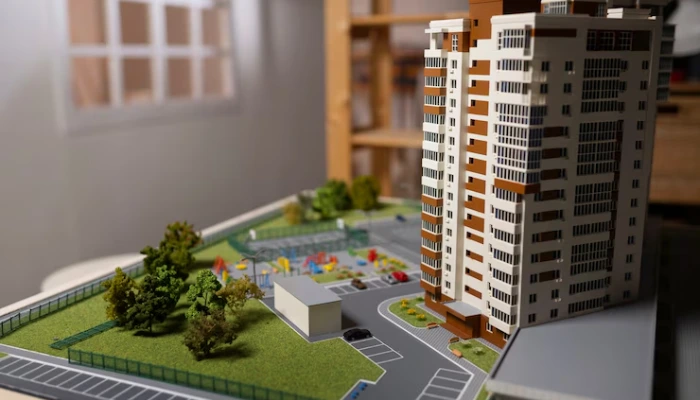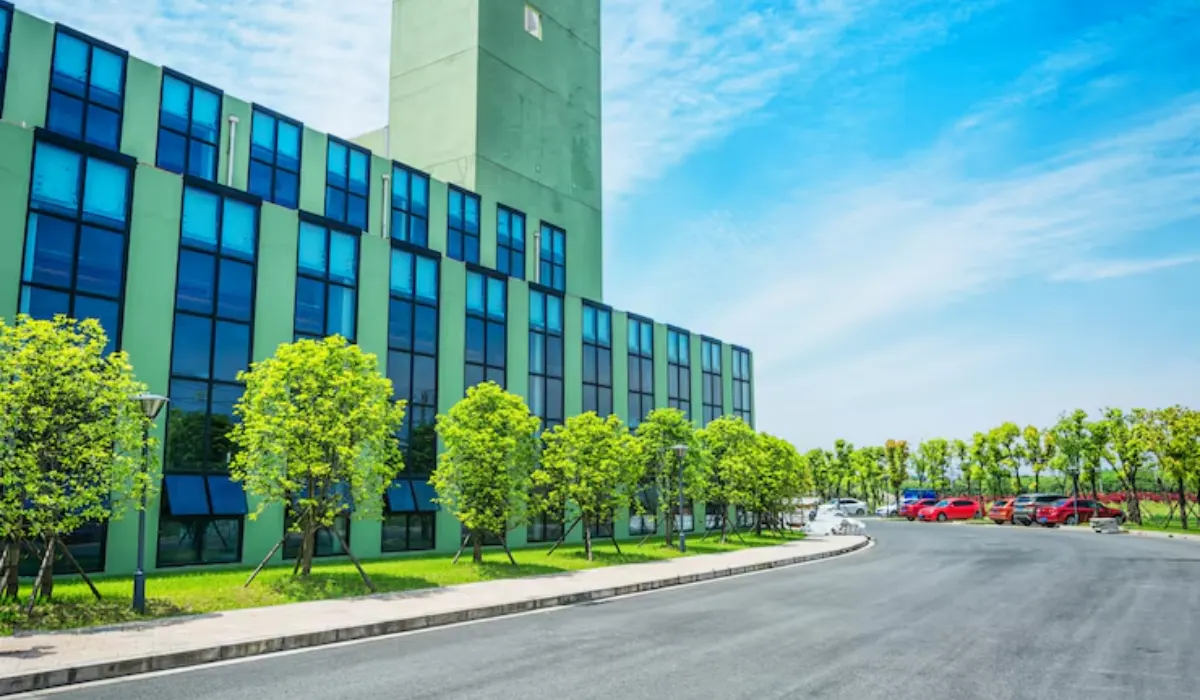Globe is filled with forgotten places with a ghost beauty, from barren distillery and empty prisons to sick holiday resorts and old industrial structures. On the other hand, some derogatory buildings have been repaired or reused, giving them new life. We see some sites where new life is emerging from the old ruins.
Bodmin Jail, Cornwall, UK:

Bodmin's medieval prison, Lump, on the edge of a foggy cornish Moore, has sent down the backbone of passers -by as it was initially built by prisoners of Napoleon Wars in 1779. Public execution was done here in 1909 with the final notice of the final. Grade II-Listed Building has been mostly in ruins as the outmoded gel was eventually demolished in 1929. Until an investor recognized his ability and to convert it to an ambitious effort to convert it to a 70-karme luxury hotel.
Bodmin Jail, Cornwall, UK:
People are already paying top dollars to stay in Bodmin Jail Hotel. The architects have preserved the unique heritage of the old gel, burning it well and renovating it in a comfortable place to live with sophisticated and contemporary elements. Rooms with huge stone walls of the hotel were made by combining pre -cells. The former gel chapel has been converted into a beautiful restaurant, and the chapel bar is placed in the old governor's office. The Bodmin Gel attraction is located at the next door for those wishing to learn more about the severe history of the building.
Great Northern Hotel, London, UK:
The Great Northern Hotel London's first objective was a railway hotel, and is a fine on it, when it was opened in 1854 to fulfill the guests of the Great Northern Railway Company. The Italian building designed by the famous Victorian architect Lewis Cubit has a notable tall, thin and curved shape that quickly became a landmark in the Kings Cross.
Great Northern Hotel, London, UK:
The old hotel set neglected and empty for 12 years after the Compass closure was closed by the Compass Group near the King's Cross Station. Initially it was intended to demolish it, but it was happily revived when £ 40 million ($ 49.9 million) makeover it was restored to a premium hotel. It reopened in 2013, with its curved shape included in the new domed roofing of the station's eye. From its magnificent windows to your elegant ladder railing, now the grade II-listed structure includes basically restored original characteristics and aligning for its railway background.
The old hotel set neglected and empty for 12 years after the Compass closure was closed by the Compass Group near the King's Cross Station. It was originally planned to be demolished, but after a £40 million ($49.9 million) renovation, it was joyfully brought back to life as a prestigious hotel. It reopened in 2013, with its curved shape included in the new domed roofing of the station's eye. From its magnificent windows to your elegant ladder railing, now the grade II-listed structure includes basically restored original characteristics and aligning for its railway background.
Baltic Flour Mill, Gateshead, UK:
On the south bank of the Tin River in Gateshead, the massive Hovis flour mill dominated the area for many years. The Baltic Floor Mill appointed around 300 people at its peak, and remained about 100 of them until the firm chose to close the mill in 1981. The large -scale structure was sluggish to 20 years before 20 years of converted into a huge contemporary art gallery, similar to the renewal of London's Discude Bankside Power Station, with construction in 1998.
Battersea Power Station, London, UK:
After repairing and renovating the Temes's most stunning ruin ($ 10.1 billion), a pilgrimage has become a pilgrimage for happiness after repairing and renewing, which took a decade to complete. Batters Power Station re -opened its doors to guests after 40 years in October 2022, welcomed London to locate 250 new shops, cafes and restaurants. The property includes its own very brand-new underground station.
Tegel Airport, Berlin, Germany:

The Tegel Airport was built as a French military facility in just 90 days in 1948, but it was opened for commercial aviation in 1958 and pressed the Tempelhof Airport in 1975 as the primary airport of Berlin. In its hedi, Panam, Air France, and British Airways served the popular airport, but the Rising took the passenger numbers to the toll, and despite this, despite the airport. The final flight of Tegel Airport was left in November 2020 to make a place for the new Berlin Brandenburg International Airport, which was opened in October 2020.
FAQs
What does transforming abandoned properties mean?
It refers to the revival and repurposing of old, unused buildings—like factories, churches, or homes—into functional modern spaces such as hotels, art centers, homes, or green parks.
Why are abandoned properties being transformed instead of torn down?
Repurposing saves resources, preserves history, and reduces urban waste. It’s also a creative way to bring new life to neglected spaces, often sparking local economic and cultural renewal.
Can you give examples of amazing transformations around the world?
Certainly!
-
The High Line (New York City) – an old railway turned urban park.
-
Zeitz MOCAA (Cape Town) – grain silos transformed into a contemporary art space.
-
Cite du Vin (France) – an abandoned port area now a wine museum.
What challenges come with repurposing abandoned buildings?
Common challenges include structural damage, zoning restrictions, high renovation costs, and maintaining the balance between preservation and modernization. Still, many developers see value in the story and uniqueness of these places.















